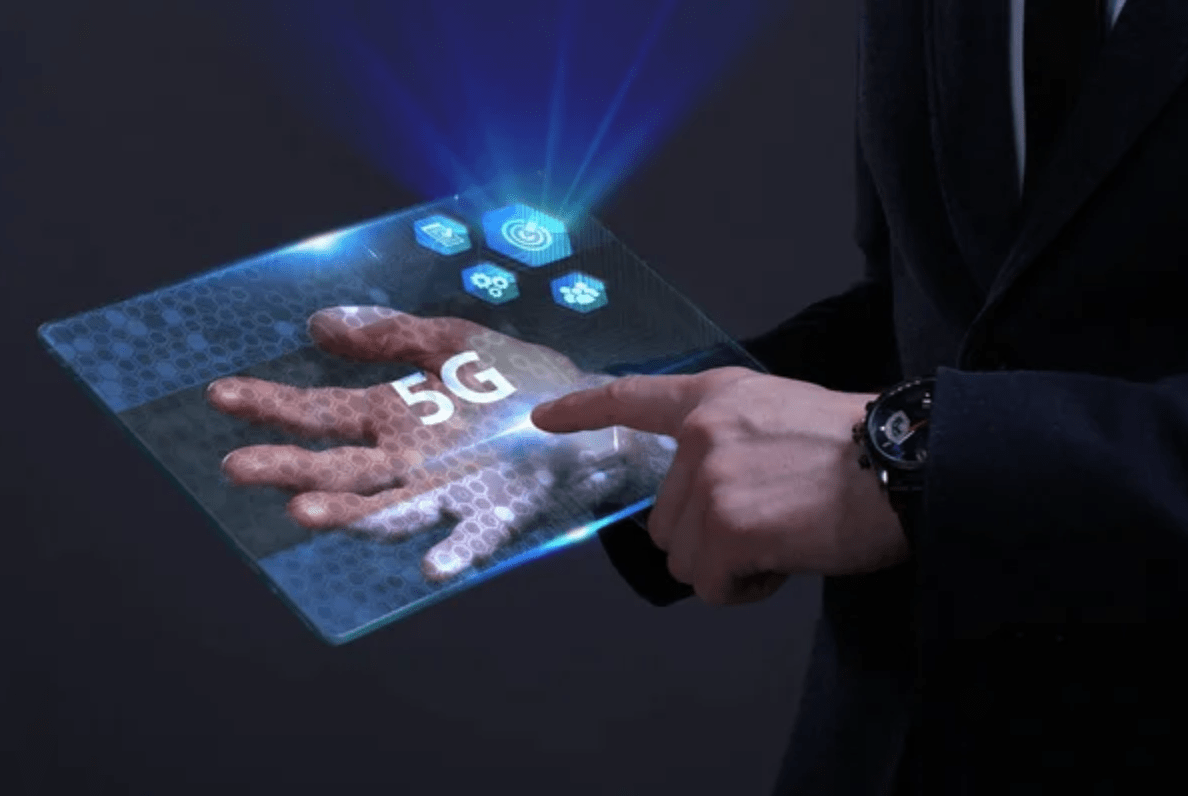In this rapidly advancing technology around us, nothing can shock or amaze us in this day and age. But, if there is one sure thing, our significant challenge is access to the internet.
Because many people today have occupations that can be done online and choose to work remotely, having a reliable internet connection is an advantage to perform their jobs effectively. 5G applications are built on the latest wireless cellular technology, which greatly benefits individuals with high-speed internet needs.
The following paragraphs will talk about 5G, what it is, and how it operates. Be sure to read on, so you can stay informed and take advantage of this groundbreaking technology.
What Is 5G?
Fifth-generation or 5G is the most recent, advanced version of cellular technology. It is designed to improve the responsiveness and speed of wireless networks significantly. According to some estimations, data sent through wireless broadband connections can already travel at up to 20 gigabits per second (Gbps), made possible by the fifth-generation wireless technology standard.
These speeds are faster than those offered by landline networks and provide a latency of below 5 milliseconds (ms) or lower, which is beneficial for applications that need real-time input. Because of improvements in antenna technology and the expansion of available bandwidth, 5G will make it possible to boost the quantity of data transmitted to wireless networks.
To meet the growing dependence on mobile and internet-enabled devices, the rollout of 5G networks and services will occur in stages over the next several years. Overall, the rollout of 5G technology is anticipated to create a wide range of novel applications and use cases.
How Does 5G Work?
Cell sites in wireless networks are typically partitioned into sectors to ensure efficient data transmission through radio waves. LTE and 4G wireless technologies serve as the basis and foundation for 5G.
5G wireless signals are carried by many small cell stations positioned in areas like light poles or building rooftops. This contrasts 4G, which necessitates massive, high-power cell towers to radiate signals over longer distances.
The millimetre wave (mmWave) spectrum, which is the band of scope between 30 and 300 gigahertz (Ghz) that 5G depends on to generate high speeds, can only travel short distances. It is susceptible to interference from weather and physical obstacles like buildings or trees. Therefore, multiple small cells are necessary to circumvent these issues.
Earlier generations of wireless technology have utilised lower-frequency portions of the electromagnetic spectrum. The wireless industry contemplates using a range with a lower frequency for 5G networks.
This would allow network operators to use the range they already have to build out their new networks, which would help mitigate the challenges posed by mmWave about interference and distance. Lower-frequency spectrum can travel farther distances, providing better coverage than mmWave but does so at a slower speed and with lower capacity.
Both low and mid-band frequencies are included in the lower frequency wireless spectrum—low-band frequencies have an operating range of approximately 600 to 700 megahertz (MHz), while mid-band operates around 2.5 to 3.5 GHz. This is where things stand compared to high mmWave communications, which operate from around 24 to 39 GHz.
Because of the ease with which mmWave signals can be blocked by obstacles such as trees, walls, and buildings, mmWave can usually only cover approximately a city block when there is a direct line of sight between the cell site or node and the user. Several different ways have been considered and pursued to circumvent this problem. In a brute-force technique, numerous nodes are placed around each block in a populated region. This allows a 5G-enabled device to use an air interface by hopping from one node to another while keeping MM wave speeds.
Combining high, medium, and low-band frequencies is another strategy for establishing a nationwide 5G network, which is most likely successful. MmWave can be employed in areas with a high population density, whereas low and mid-band nodes can be used in lower-dense areas. The low-band frequencies can travel further and pass through various objects. A single low-band 5G node will maintain a connection to a device that supports 5G for a longer distance. This indicates that deploying all three bands will enable comprehensive coverage while delivering the quickest speeds in locations with the highest traffic volume.
How Fast Is 5G?

Download speeds on 5G networks can reach over 1,000 megabits per second (Mbps) or up to 2.1 Gbps. To put this into perspective, a user using a 5G device could start a Netflix video in 1080p quality without the video buffering. The process of downloading an app or an episode of a Netflix show, which can currently take up to several minutes, can be finished in only a few seconds.
The ability to broadcast video wirelessly in 4K resolution also becomes much more feasible. If these examples were using mmWave, they might need to be within one unobstructed city block of a 5G node; otherwise, the download speed would revert to 4G.
Although the overall speed of low-band 5G may be slightly quicker than mmWave, the low band should nevertheless be faster than a good 4G connection. The low band can stay locked at 5G over longer distances than mmWave, even though low band 5G may have a slower overall speed than mmWave.
Download speeds using low-band 5G might reach between 30 and 250 Mbps. It is more likely for low-band 5G to be available in rural areas. Mid-band 5G could achieve download speeds of up to 100 to 900 Mbps, and this technology is expected to be used in significant metropolitan areas.
Final Thoughts
The most significant improvement that 5G will bring is the ability to provide people around the globe with a quick and stable connection, unlike anything that has come before it. You will have an easier time connecting with your family and friends and be able to work more effectively.

